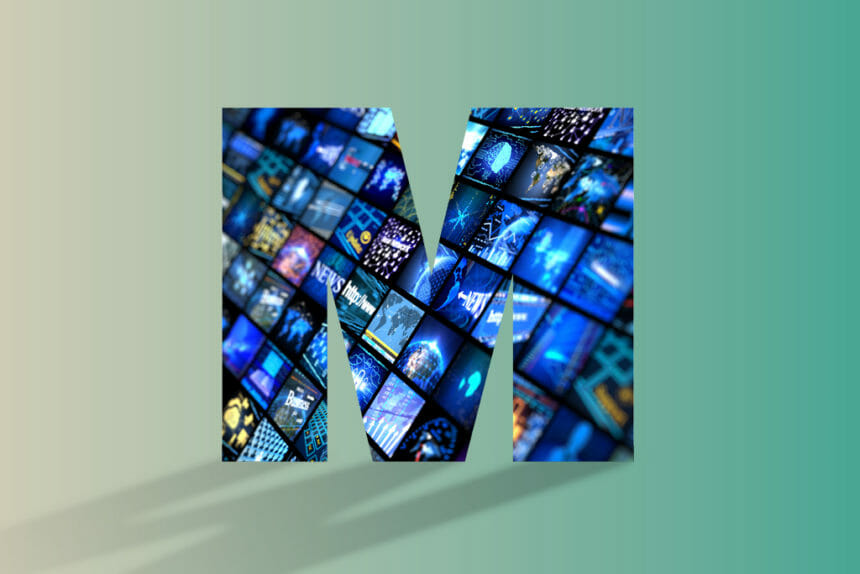When Dr. Garth Graham assumed his role as YouTube’s global head of healthcare and public health partnerships in January, he stressed his belief that the platform could and should present a wide range of health information. While Graham acknowledged that YouTube hadn’t truly emphasized its health content over the years, he said he saw tremendous opportunity to do so, especially amid the raging pandemic.
“What you’ll see is the ongoing evolution of YouTube as a place to go to get credible information about science and public health,” Graham predicted then. “Our job is putting it all together.”
In the months that followed, YouTube made good on Graham’s prediction. It engineered “Get Back to What You Love,” a pro-vaccination campaign aimed at younger Americans. It served as the streaming partner for Global Citizen’s Vax Live: The Concert to Reunite the World special. It acted as a matchmaker of sorts, pairing health and science experts with singers, fashionistas, comedians and “FarmTubers” for candid conversations around vaccine efficacy and safety.
Then, late last month, three YouTubers with a combined 26 million subscribers, Jackie Aina, Manny Mua and Brave Wilderness, were given an audience with President Biden and Dr. Anthony Fauci. The conversations addressed a range of vaccine-related questions, with the overarching goal of helping viewers make better-informed decisions.
Amid the burst of activity, MM+M spoke with Graham about a range of topics relating to the past, present and future of YouTube’s health content. Here, he weighs in on…
…the highs and lows of YouTube’s health-related work over the course of the last 15 months: Like everyone in public health, we’ve been knee-deep in the various components of the response to COVID. Partnering with a lot of public health organizations and leaders who have been working to get out positive information around COVID, that’s been really satisfying. A low has been the global challenge around COVID vaccinations and the degree to which countries like Brazil and India have faced significant challenges. Working with the people on the ground in those countries has been great, but the discrepancies [between countries] have been hard to watch.
…YouTube’s working relationships with governmental groups: Between our work with the White House and the National Health Service in the U.K. and other organizations, it’s been heartening how much they’ve been willing to engage with YouTube and use it as an avenue to get out important public health information. Groups that have not traditionally engaged with us have engaged this time. It’s validated our belief in our strategy, the belief we have in our platform.

…whether he was surprised by the quickness with which YouTube has been able to forge relationships with the public health community: I wouldn’t say “surprised.” Part of why I took on this role is my belief in YouTube being relevant for information like this, if not a fulcrum point for disseminating it. There have been so many different kinds of strategies and ideas around the possibility of utilizing the platform.
…differences, if any, between engaging with the previous administration and the current one: Keep in mind we were working with the CDC and Dr. Fauci even prior to the change of administration in January. Nothing for us happened as a result of new people being in charge, to be honest. It happened as a result of the need to get this important public health information out to the larger community.
…the role YouTube hopes to play in combatting vaccine hesitancy: As a public health community writ large, the important next step is getting that information to those people who are now contemplating getting vaccinated but haven’t yet activated around it. Early on, we were vaccinating as a country, with people in nursing homes as the priority. Now, we’re targeting different groups in different ways. What we can do is be a source of credible, evidence-based content.
…the lessons he and YouTube learned along the way: Obviously the messaging is so, so important. One thing that became clear really fast was that uniform, homogeneous messaging is not what you do to approach a heterogeneous audience of so many different cultures and beliefs and thoughts and ideas. You reach people where they are, in the way they want to be reached.
…what comes next for YouTube’s health content: We’re going to continue with the idea of making public health truly public. How do we take information and messages around health – not just COVID, but mental health issues that could have been accelerated by the pandemic – to the public? How about information about preventable illnesses and other things we can intervene on? That is what’s most energizing to me personally.
Responses have been lightly edited for clarity and length.







